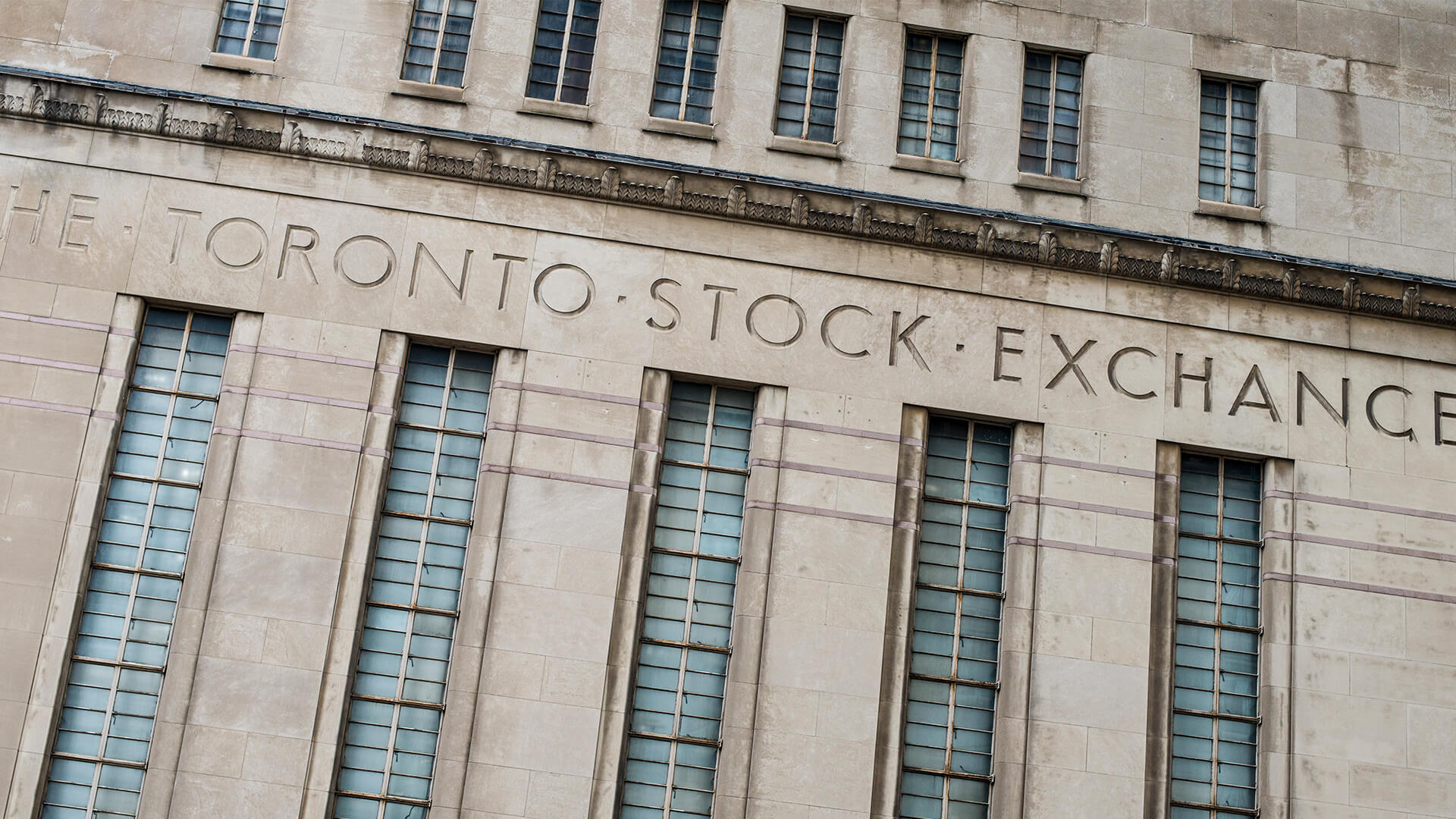- Real gross domestic product rose by 0.5 per cent in January following a slight contraction in December of 0.1 per cent. According to Statistics Canada’s preliminary estimate, the economy will increase by another 0.3 per cent in February.
- Among the goods-producing industries, output in the mining, quarrying, and oil and gas extraction industry and construction industry rebounded and were drivers of growth this month. Oil and gas extraction rose 1.1 per cent in January, led by 1.8 per cent growth in oil sands extraction. The construction sector posted its largest gain since March 2022 growing by 0.7 per cent, with increases recorded across all construction subsectors.
- Broad-based growth was recorded across the services. Total output rose by 0.6 per cent as all sectors expanded. Notable growth was recorded in wholesale trade as well as transportation and warehousing after both sectors contracted in the pervious month. Wholesale trade rose 1.8 per cent with wholesalers of machinery, equipment, and supplies driving the increase. Imports of industrial machinery, equipment and parts rose, supported by ongoing construction of the liquefied natural gas terminal in British Columbia. The accommodation and food services sector also posted strong growth in January with output increasing by 4.0 per cent.
- The public sector expanded 0.3 per cent, up for the 12th consecutive month. Output in the arts, entertainment and recreation industry increased 2.1 per cent in January, with all the gains occurring in the performing arts, spectator sports, and heritage institutions subsegments.
Key Insights
It is clear now that Canada’s economy is slowing. Real gross domestic product growth decelerated at the end of 2022 and will likely slow further before improving as the full effects of higher interest rates emerge. Consumer spending will continue to be hit in the coming months. The recent banking crisis observed in the United States and Europe, from which Canadian banks have so far been insulated, has increased uncertainty in financial markets. Decisive action by the Federal Reserve and other monetary authorities has ensured that the baking crisis has so far been contained. Many economists however see this as a potential slow-moving ball. One thing for sure is that the stress in the banking system will weigh on credit growth, which may in turn reduce real GDP growth in the coming months.
The recent decision by the United States Federal Reserve Bank to increase interest rates by a quarter point reflects a slight change in course compared to its Canadian counterparts. With the Bank of Canada halting rate increases earlier in March, the Federal Reserve has not yet signaled an end to the rate hikes. Inflation appears to be moderating but it still is too high for comfort especially as wage gains remain persistent. A concern for the Bank of Canada is that the difference in interest rates will cause capital to move from Canada to the U.S., putting downward pressure on the loonie. This erodes importer purchasing power and can stoke higher inflation. So far, this concern is limited, but combine an evolving banking crisis, strong wage-gains, and geo-political instability, central banks still have their work cut out for them.
Amid war continuing in Europe, it is clear the world is pivoting towards competing regional blocks. While goods and services continue to move across borders at levels higher than previous decades, the trend since the COVID-19 pandemic has been slowing globalization and increasing protectionism. Supply chains are being assessed and specific sectors are receiving support based on national security concerns. It remains to be seen how this competing vision for the global economy plays out, but one potential impact is inflation may remain elevated over the medium term. Canadian policy makers and businesses will need to adapt to a world of rising protectionism as well as resource and industrial nationalism.






Comments